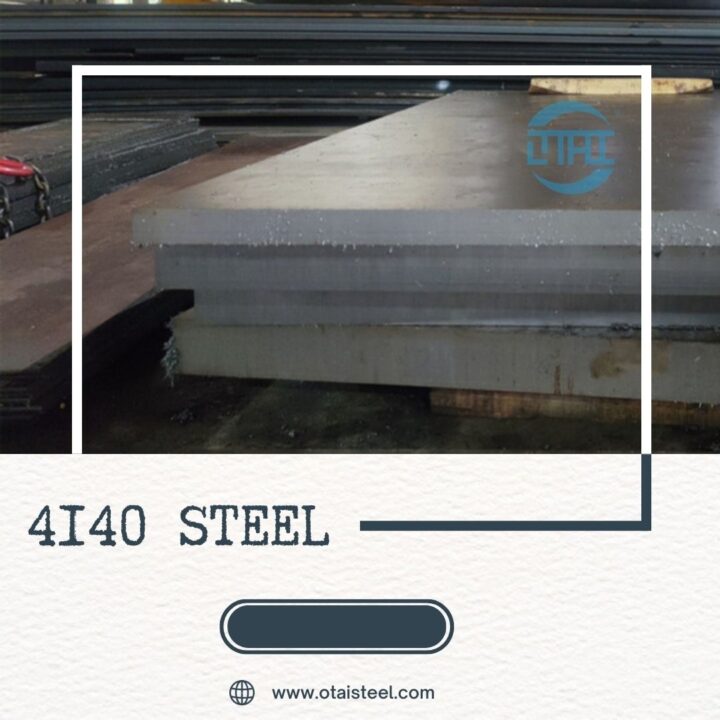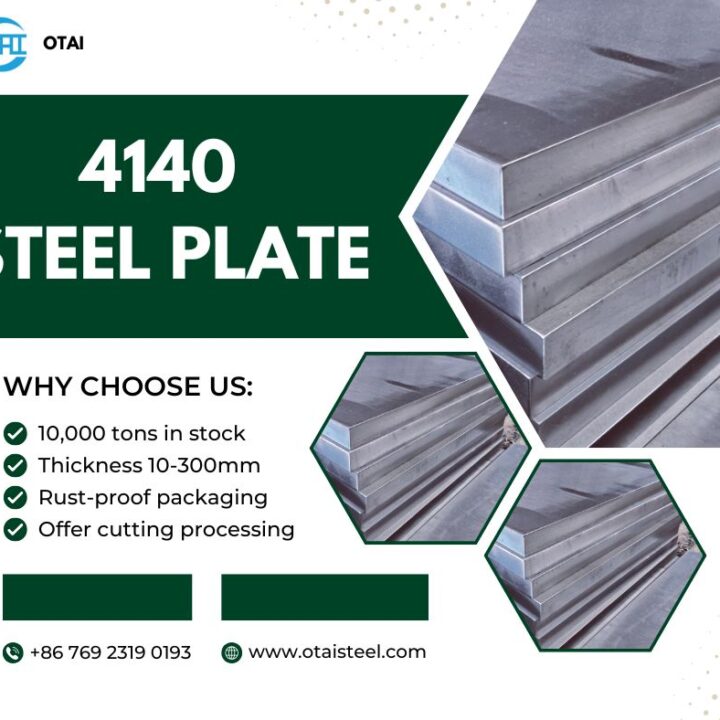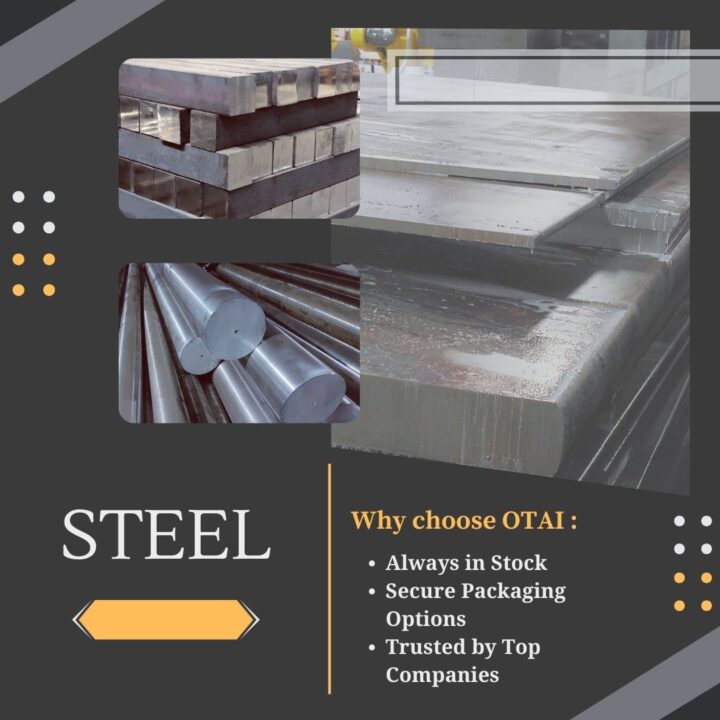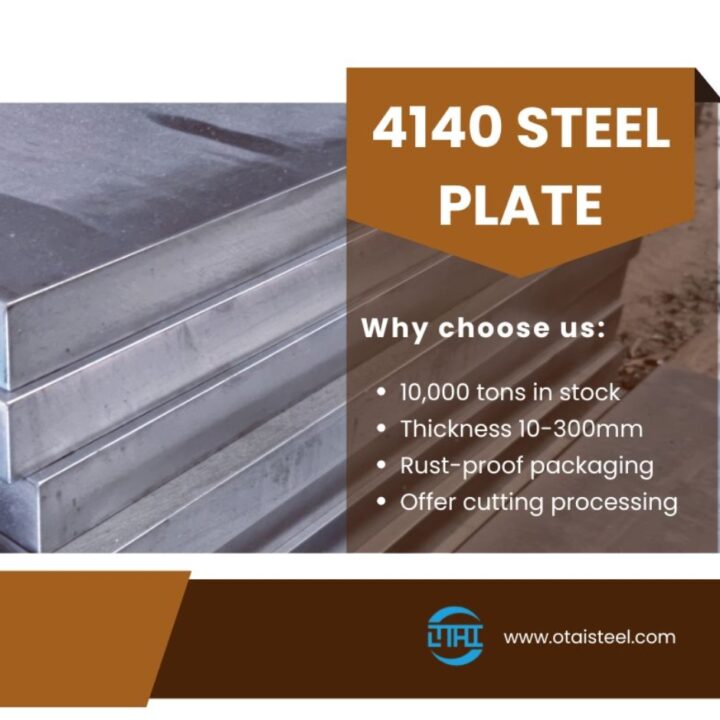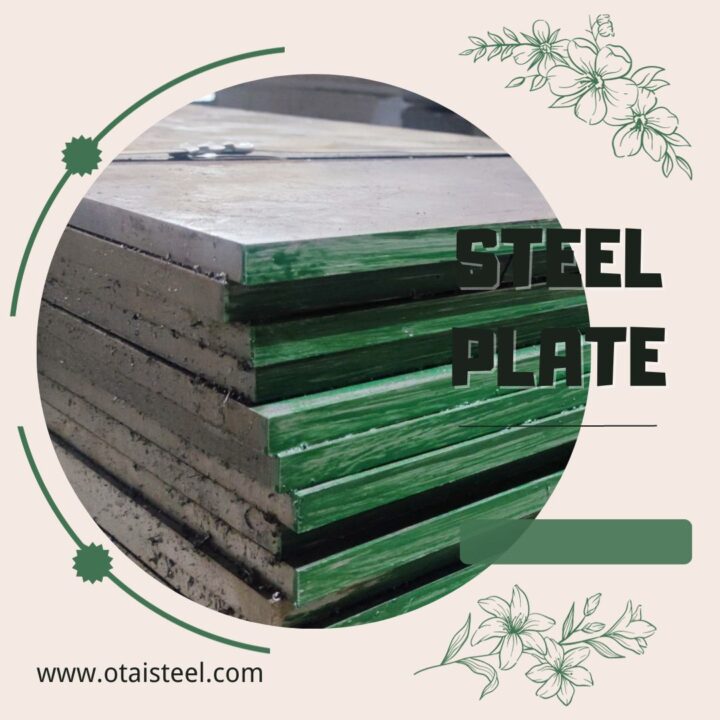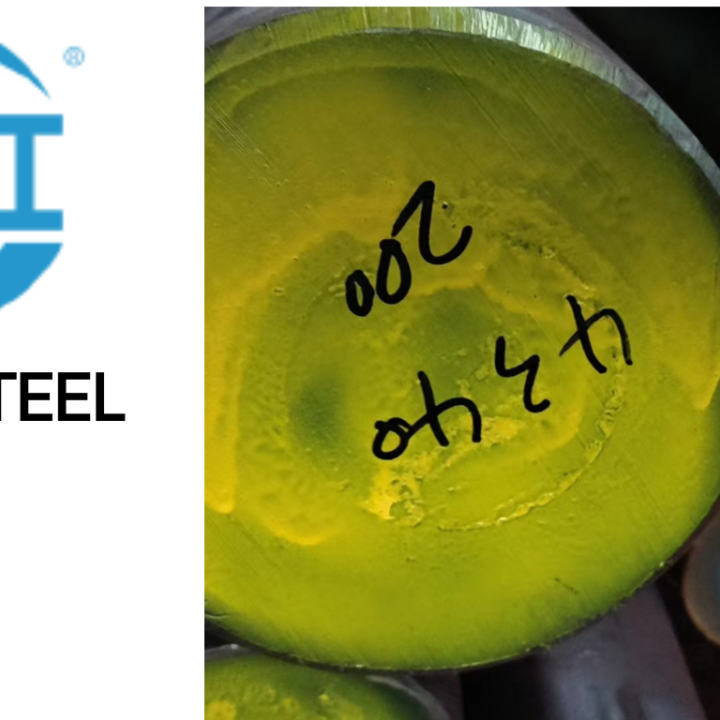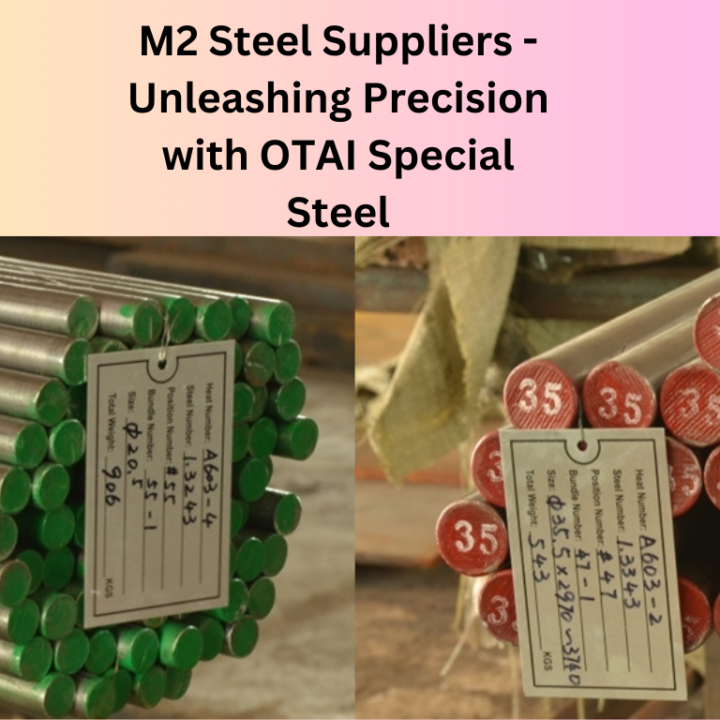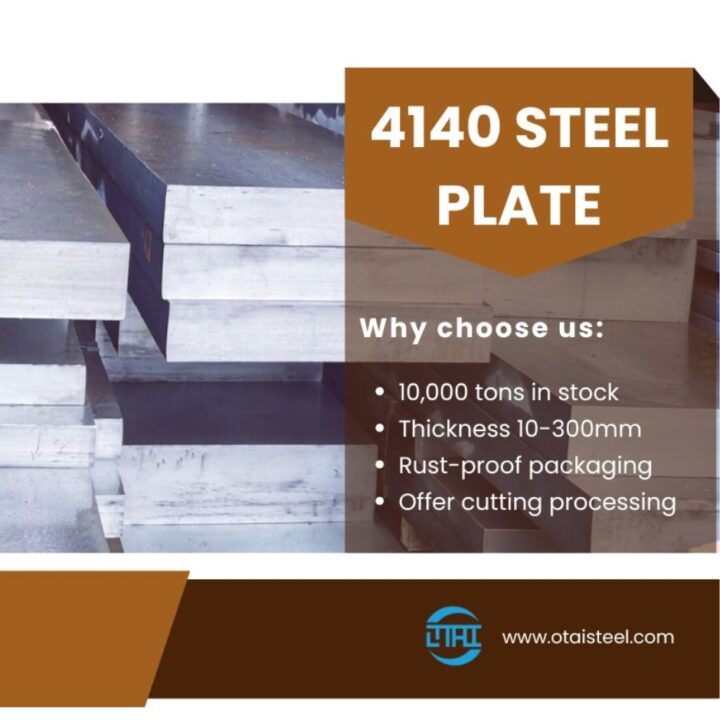The hardness of tempered parts
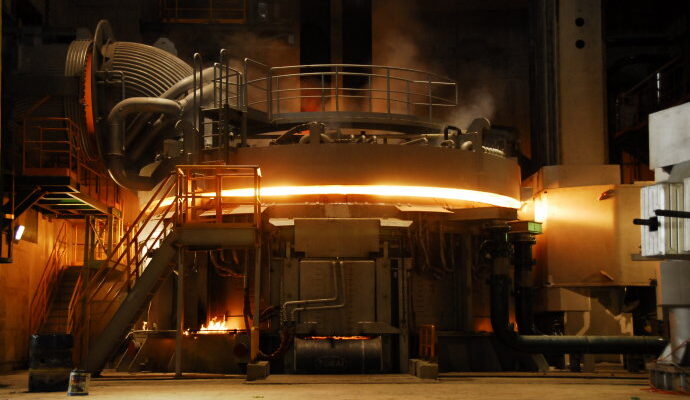
At the same time, the hardness after quenching and tempering,for the parts,it can reflect the yield strength and tensile strength, so the parts drawings and technical conditions generally,it only specify the hardness value.Only very important parts are subject to other mechanical properties.
The determination of the hardness
The determination of the hardness,the tempered parts must take into account,the requirements of the manufacturing process,and the load conditions during use.From the perspective of manufacturing process,in the blank state ,it is hoped that the parts can be tempered,and then machined and assembled.In this way, the deformation and decarburization during heat treatment,they are eliminated in later cutting.
Requirements
Requirements of higher hardness of the parts:such as some automotive half shaft,which hardness requirements is 341 ~ 415HB,it can only be cut, and then conditioning treatment, when the parts heating should prevent decarburization and deformation, sometimes,after heat treatment to increase the alignment process.For small batch or single piece parts, the hardness allowed by machining can be increased appropriately.
Characteristics of production
When determining the hardness,tempered parts must also consider the characteristics of production, small batch of single production of products, different parts can be selected different hardness, mass production of factories hope,that most parts of the hardness range is consistent,in a few hardness range, which is very convenient for the organization of heat treatment production.
The view of the use of parts
To determine the hardness of the tempered parts to pay attention to the working conditions, and the shape of parts.Generally speaking, high hardness value, tensile strength, yield strength and fatigue strength of the smooth sample is high, but the plasticity index, brittle failure tendency,and the sensitivity of the stress concentration increases.
Therefore, when the parts has stress,the concentration effect of gap (spline, groove, or change of section), in order to make uniform stress distribution, reduce the stress concentration phenomenon, then the lower hardness can obtain higher fatigue performance instead.
Ms Sharon Wan
Mobile/WhatsApp: 0086-13580960968
Tel: 0086-769-23190193
Fax: 0086-769-88705839
Email: Sharon@otaisteel.com
